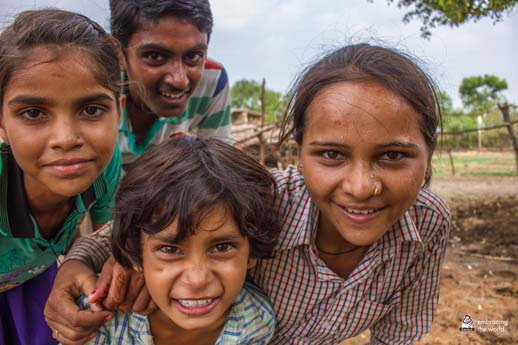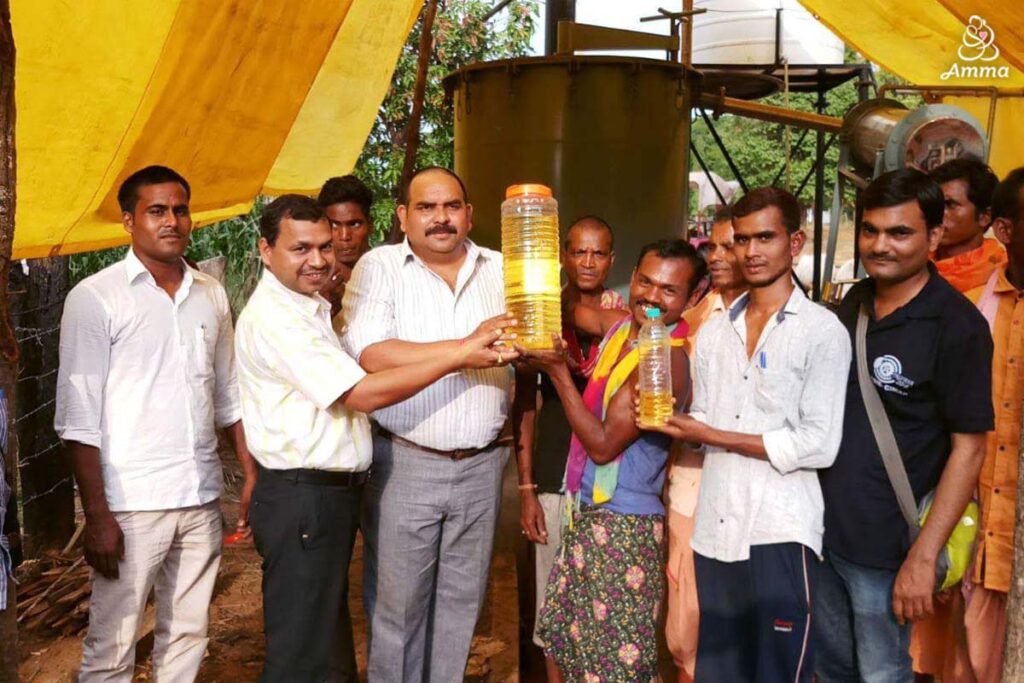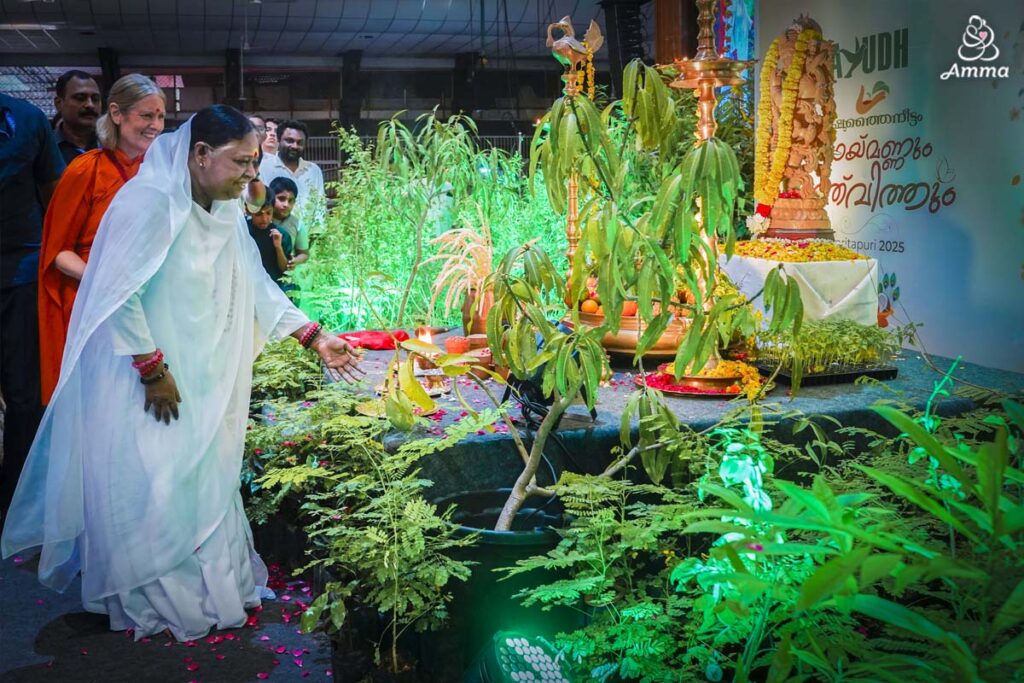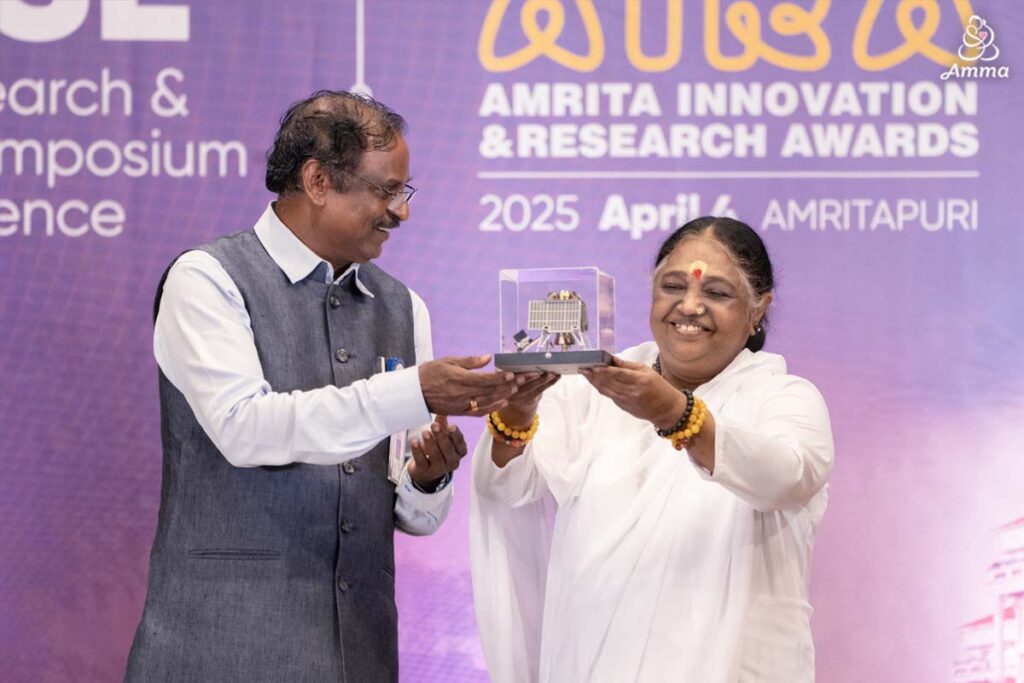In the state of Rajasthan in North India is a tiny village named Harirampura. Composed of only 55 households, this village was formerly the hamlet of a larger village Sankda. When Amrita SeRVe (Self Reliant Village) project team started working in this village, it focused first on improving access to quality education for the village children.
As per HDI (Human Development Index), India’s ranking is 131. India has the world’s largest rural population. Its HDI is low primarily because there is no quality healthcare or education services in most of India’s villages. Harirampura was no different. The village school had one room; all others remained shut due to leaking roofs. Children routinely absented themselves from school and instead grazed cattle.
In just three years, a massive transformation was brought about. Now, not a single child remains absent from school. No one discontinues studies after Standard VI, unlike earlier, even though the village school is only a primary school. The children enroll in the school in nearby Sankda when they reach Standard V. The teachers in the Sankda school say that of all the children who come from the nearby villages, children from Harirampura are the best in terms of their language, math and science skills.



This remarkable change has led to many positive changes in the village overall. Children are more disciplined, they routinely participate in cleanliness drives, cattle are not falling sick because there is no waste plastic lying around that they can accidently ingest, children have started kitchen gardens, this has inspired adults to consider transitioning to organic farming. The most noteworthy change is that villagers have gained the confidence that they can themselves improve their living conditions.
Rajasthan has one of the lowest literacy rates in the country at 67.06%. The female literacy rate at 52.66% is the lowest in the country. In Harirampura, children are now beginning to teach their illiterate mothers to read and write and count numbers. A focus on education can become the driver for overall rural transformation – the story of Harirampura in Rajasthan, India definitely illustrates this.





